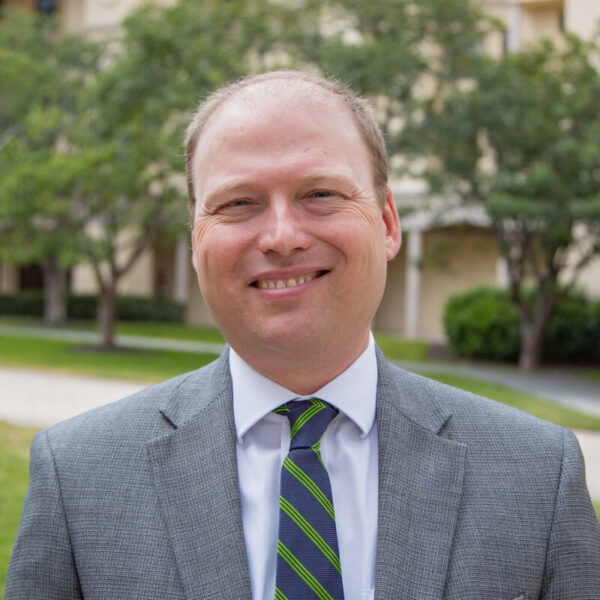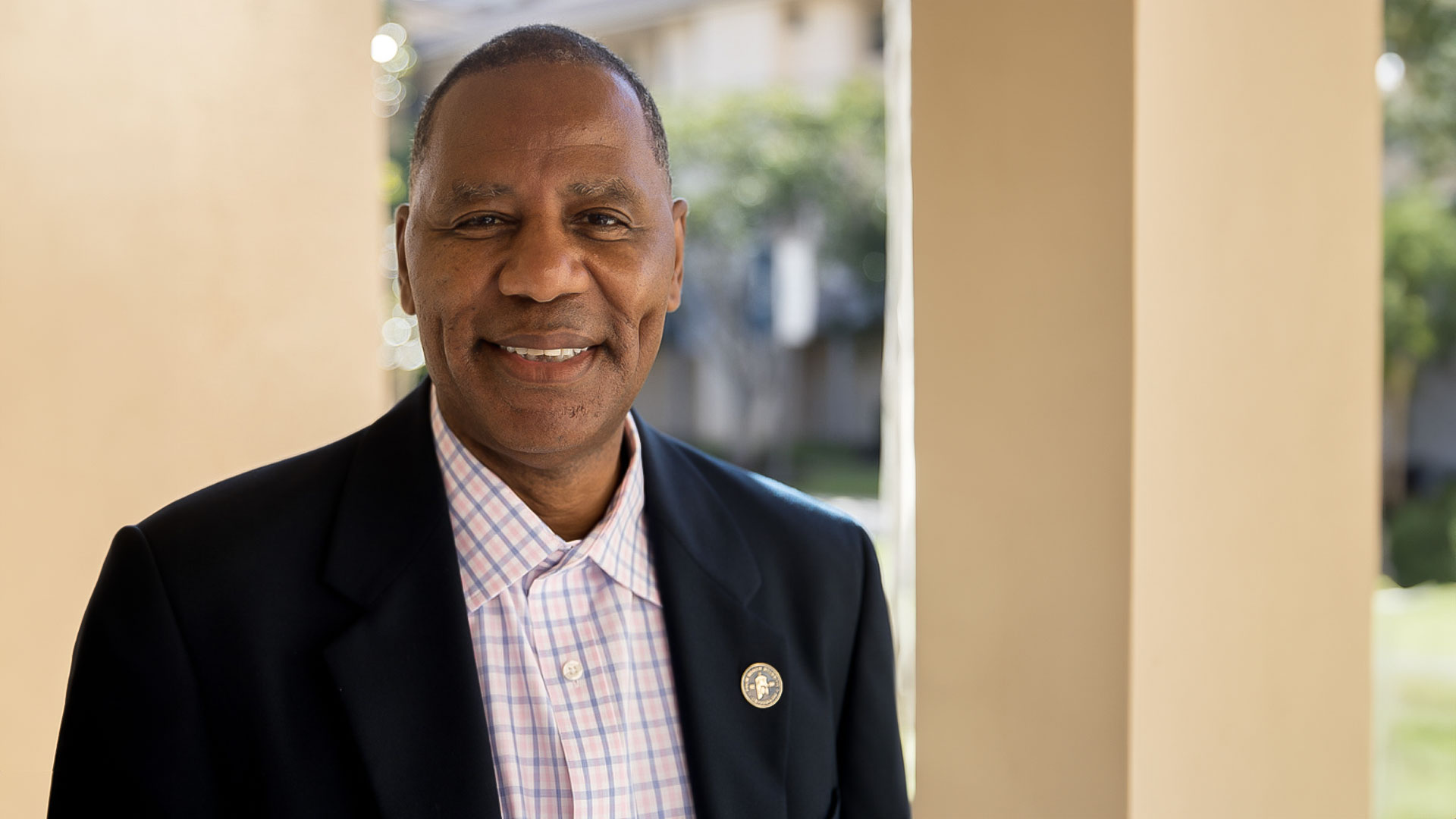A few weeks ago, Sierra King was living her dream: swimming alongside penguins in the pristine waters of the Galápagos Islands.
The junior marine biology major was one of 13 students and three faculty members who spent several days exploring the chain of Pacific islands 600 miles off the mainland of Ecuador. The group island-hopped aboard small boats, doing two snorkel excursions and hikes each day.
She was sold on the trip after hearing about it from other students and professors.
“Especially as a biologist, it’s a very unique environment,” King said. “It’s also very hard to travel to because it’s so protected. I don’t know when I would have an opportunity to get there again.”
Most of the Galápagos are uninhabited, and 97 percent of the islands are an Ecuadorian national park, said Biology Department Chair Dr. Tom Chesnes, who led the trip. The Galápagos are home to a variety of species, such Galápagos snakes, penguins, tortoises, Nazca boobies, albatrosses, mockingbirds and doves, found nowhere else on earth.
Dr. Tom Chesnes photographs a sea lion in the Galápagos Islands. The island is so protected that the animals let human visitors get very close. Photo by Dr. Robert LloydBecause the island is so protected, the animals let visitors get very close. That was especially true of the sea lions that lounged about and frolicked in the harbor, King said.
“They had a lot of personality, and they were beautiful,” she said.
Senior marine biology major Kylee Rullo wanted the experience of seeing a part of the world untouched by humans. She swam with penguins, sea lions, turtles, rays and a variety of colorful reef fish. She saw marine iguanas, flightless cormorants, many finches and other birds.
“A lot of our classroom work was identifying and talking about different species of animals in the Galápagos,” Rullo said. “But seeing them in real life was far more amazing than I ever would have expected. It was so cool to see and identify animals and plants in person that we had previously learned about in class.”
On a previous trip, a yellow-crowned night heron landed and walked across students’ feet as they watched a sea lion playing in a channel, said Dr. Ray Waldner, who started the class abroad program nearly 30 years ago. Penguins have tugged at tufts of his hair while snorkeling.
On this trip, students cheered when they saw dolphins leaping out of the water and watched in awe as humpback whales breached.
The group flew into Quito, Ecuador, visiting the Equator and experiencing Ecuadorian culture before taking another short flight to the Galápagos. Once there, students slept aboard a chartered yacht and cruised around on small boats by day.
Students and faculty pose for a photo on the Galápagos Islands. Thirteen students and three faculty members visited the protected islands, which are about 600 miles off mainland Ecuador. Photo by Dr. Robert LloydStudents of any major could sign up for the trip, as long as they successfully completed an introductory biology class. Participants earned academic credits for a “Natural History of the Galápagos Islands” upper-level biology course. Professor of Biology Dr. Kris Dougherty and School of Arts and Sciences Dean Dr. Robert Lloyd accompanied students with Chesnes.
The Biology Department also offers courses with field experiences in Costa Rica and the Everglades. All are powerful programs that show the University’s commitment to academic excellence, Lloyd said. It was fun for him to see the close collaboration between professors and students as they identified species throughout the wildlife-rich islands.
The Galápagos are a true source of natural history, where biology, oceanography, geology and meteorology converge, said Waldner.
Junior marine biology major Sierra King poses for a photo in a lava field on a visit to the Galápagos Islands.Years ago, after he gave a class lecture on Charles Darwin and the role the Galápagos Islands played in shaping his theory of evolution, Waldner was invited on a tour of the Galápagos, Ecuador and Peru. It took him “about a millisecond” to say yes.
“I had never seen anything like the Galápagos,” said Waldner, a biology professor who has a parasite named after him. “The only thing I could think was ‘I have to share this with others.’”
The first trip was in 1990, and Waldner led one every two years since. With the background that students have from their classes, “it raises the experience to a whole different level.”
King observed biology and ecology concepts in the wild. Island biogeography, for example, means that different areas of the same island may be home to different species based on environmental factors such as elevation, sunlight and amount of rainfall. It’s one thing to sit down and learn about a concept and another to see it firsthand, she said.
“It’s so much more exciting and so much more real and tangible,” she said. “Pictures never do anything justice.”
When students go to the Galápagos, they realize how lucky are, said Chesnes, who began leading the trips a few years ago.
“A lot of people view it as a bucket list experience,” Chesnes said. “It is a living laboratory.”


